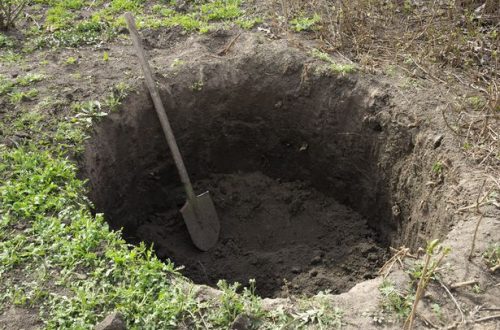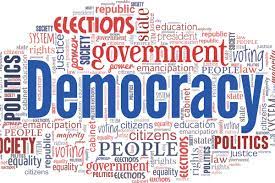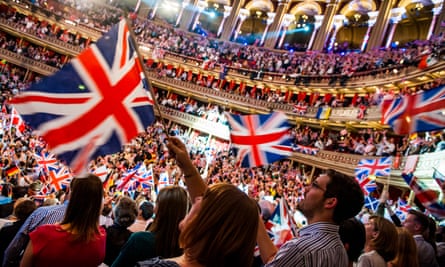This is a guest post by The Hasbara Buster.
Editor’s note: this piece is tongue in cheek. The Hasbara Buster is not supporting apartheid South Africa. Rather, he is making a point by analogy. I mention this because I expect that some people will be confused, otherwise.
The Afrikaners began to settle in South Africa in the 18th century, fleeing religious persecution in Europe. They established two prosperous states which created job opportunities for blacks, who began pouring in from adjacent areas. The United Kingdom unleashed two devastating wars on them — the Anglo-Boer wars. The British used scorched-land methods and invented the concentration camp, in which 15% of Afrikaners from both republics died.
When Afrikaners finally obtained independence, they understood that only a strong Afrikaner state would prevent further massacres. The Republic thus created was not perfect, granted; the blacks, coloreds and Indians were discriminated against. But the world obsessively focused on the Afrikaners’ errors, leaving no stone unturned in their drive to demonize them.
South Africa was uniquely singled out for criticism. Not a word was said about the enslavement of the Pygmies in the Central African republics, yet the public yelled “Apartheid!” every time an Afrikaner showed up at an international event. The Chinese occupation of Tibet concerned no one, but the South African treatment of nonwhites –who enjoyed freedoms Tibetans could never dream of, either then or now– was severely chastised.
Under the Afrikaners, the blacks enjoyed a standard of life far above that of any other African state. By any measure –infant mortality, literacy, life expectancy, you name it– South African blacks were better off than their neighbors — so much so that the latter began to leave their civil-war torn countries for peaceful South Africa.
But not content with taking advantage of the Afrikaner-created wealth, the blacks began a terroristic campaign by the African National Congress that killed thousands. Where was their Gandhi? They bombed public places, mined roads killing innocent civilians and sabotaged productive infrastructure. Although the government reacted to this, most deaths were caused by black-on-black violence. A particularly barbaric murder method was approved of by the wife of Nelson Mandela — the necklacing, a summary execution carried out by forcing a rubber tire, filled with gasoline, around a victim’s chest and arms, and setting it on fire. This was used against opponents in internecine ANC warfare.
The Afrikaners only wanted peace, which was offered multiple times to the blacks. After being met with ever more terrorism, Afrikaners diesngaged from 20 areas that were designated as black homelands. Each of these territories was offered full independence; four of them took it — Transkei, Venda, Bophuthatswana, and Ciskei. But instead of focusing on building their nations, the blacks continued to resort to terror.
Meanwhile, the international community shunned South Africa — but not Saudi Arabia, a theocracy where converts from Islam face capital punishment; or East Germany, where people who tried to leave the country were shot dead; or Kampuchea, where Pol Pot perpetrated a genocide of more than 1 million people. Only South Africa, where less than 2,000 blacks were killed by a government faced with guerrilla warfare, was subjected to UN sanctions — but not Angola, where civil war killed hundreds of thousands.
International hypocrisy peaked in the 70s and 80s. When the South African rugby team (the Springboks) toured Australia in 1971, the leader of the Labour Party, Gough Whitlam, opposed the tour and declared: “Australians should never let an afternoon’s entertainment blind them to a lifetime’s repression for another nation.” This, said by a politician from a country that dispossessed and mostly exterminated its Aboriginal population. Huge and widespread protest also occurred in New Zealand in 1981 against a Springbok tour — that, in a country that committed cultural genocide against the Maoris, whose language is in a terminal state.
An automatic anti-Afrikaner UN majority recommended several times economic sanctions against South Africa, and third world countries were quick and happy to implement them. Even the US disgraced itself by applying economic sanctions it never imposed on far worse human-rights offenders like Mozambique or the Congo. Of course, none of those countries stopped using South African diamonds or gold, which are key to high-tech industries, or performing heart transplants, an Afrikaner-invented medical procedure.
CONCLUSIONS
After thoroughly analyzing the undemocratic, yes, but relatively benign Afrikaner rule in South Africa, and the disproportionate international reaction to it, only one of two conclusions can be drawn. EITHER
1) The world was full of anti-Afrikaner prejudice and even hate, which is evident in the sanctions imposed by the world’s nations against Apartheid South Africa, and their silence regarding atrocities, massacres and genocides that dwarf it. The only moral thing to do is acknowledge the injustice done to Afrikaners and revert to the situation of 1991, before the Apartheid regime was toppled by the pressure of a hypocritical international community;
OR
2) Apartheid was wrong, even if methods used to fight it were also wrong, and even if other human-rights violations were even wronger. Toppling it was justified, and there was nothing inherently unfair in singling out the Afrikaners, even if the Congolese behaved worse; just like there’s nothing wrong in denouncing the lack of freedom in Cuba, even if Somalia has far less liberties, or — in criticizing Israel, even if its dispossession of Palestinians pales beside the genocide in Darfur.
UPDATE
Brett responds here.


